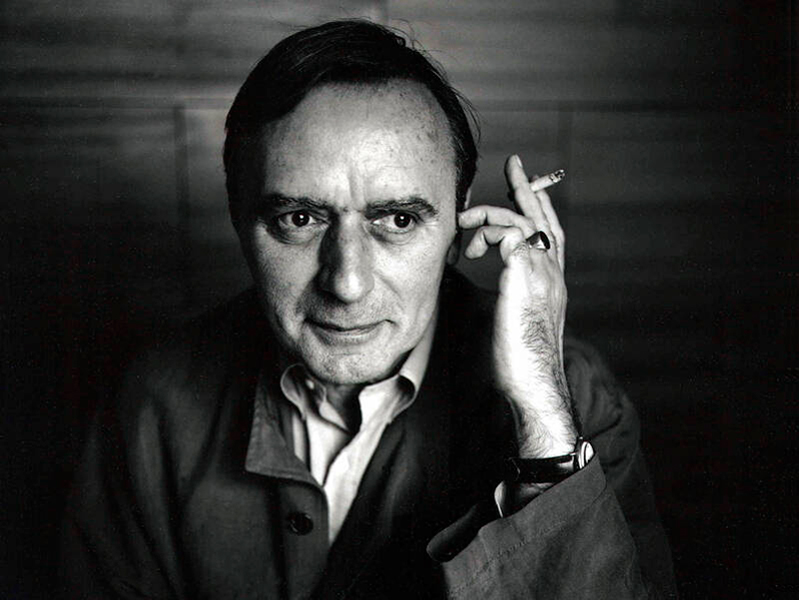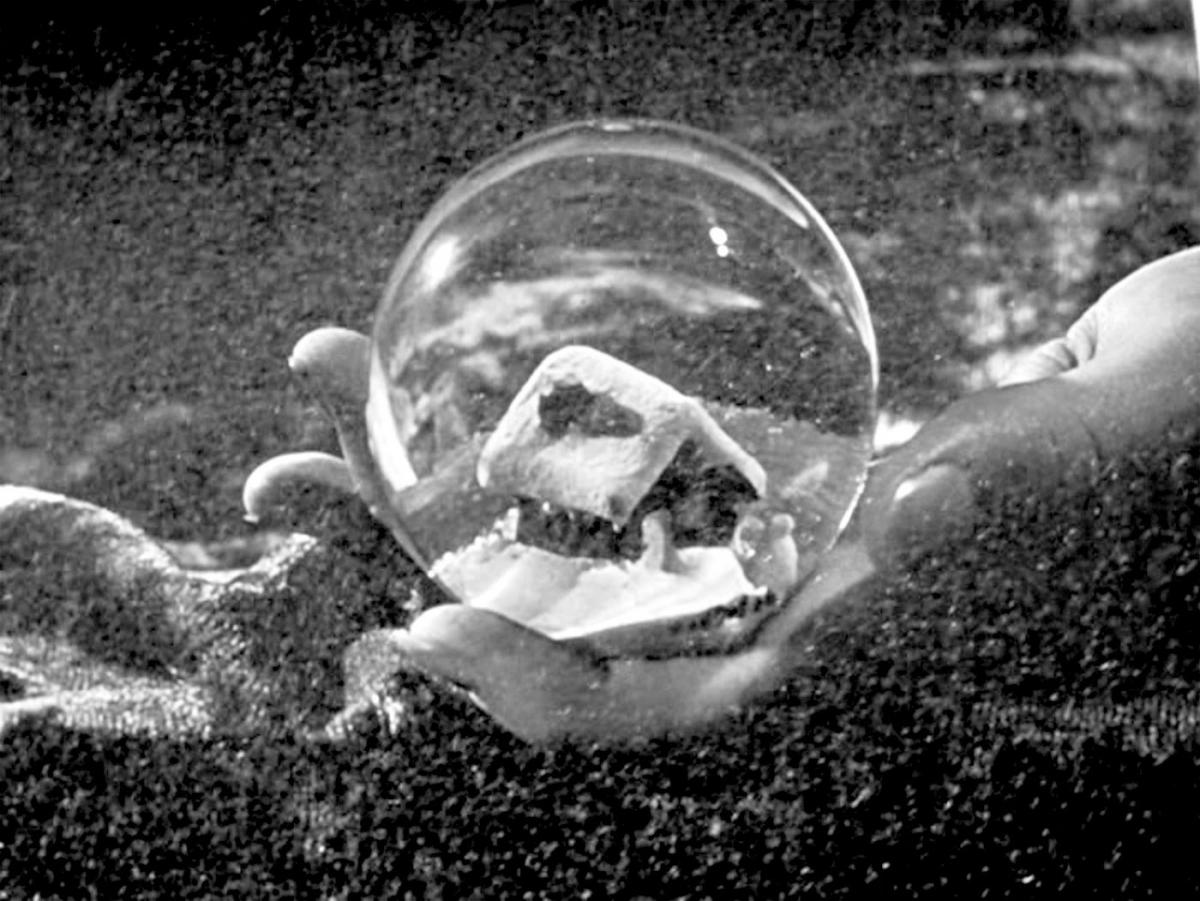Jean-Louis Schefer (1938-2022)
“Here, as the ordinary man of cinema, I would just mention something inessential: the cinema is not my profession. I go to the movies for entertainment, but sometimes while I’m there I also accidentally learn something, something different from what the film teaches me. (It will not teach me that I’m mortal, but it might show me a way of rediscovering time, or experiencing a dilation of bodies, and the unlikely occurrence of all this: indeed, rather than being a reader of films, I constantly remain their most submissive servant and their judge.) At the movies, I learn to be surprised at my capacity to live in many worlds at once.”
Jean-Louis Schefer1

Last week, on June 8, French writer, philosopher, art critic, and cinema theorist Jean-Louis Schefer passed away at the age of 83. Schefer’s writing on cinema, particularly his seminal L’homme ordinaire du cinéma, signaled a shift from the French film criticism of the 1960s to a new breed of film philosophy that disregarded the semiotics and post-structuralism of the preceding decades. In this book, once called a "great poem" by Gilles Deleuze, Schefer endeavored to illuminate the phenomenology of spectatorship. For Schefer, cinema becomes an “extension” or “amputation” of ourselves and the movie theatre an “experimental night” where one can linger. He attributed the spectator with a schizophrenic subjectivity, one that cannot claim any ownership over the cinematic experience: we are “suspended between a giant body and the object of its gaze.” Instead, film is “a work projected without memory, viewed by (and thereby lived by) a subject scarred and shaped by memory.” It is in this sense that Serge Daney, in his famous text The Tracking Shot in Kapo2 , recalls an expression from Schefer’s book:
“I know of few expressions more beautiful than the one coined by Jean-Louis Schefer when, in L’homme ordinaire du cinéma, he speaks about the ‘films that have watched our childhood’. Because it is one thing to learn to watch movies as a ‘professional’ – only to verify that movies concern us less and less – but it is another to live with those movies that watched us grow and that have seen us, early hostages of our future biographies, already entangled in the snare of our history.”
The influence of Schefer’s work reaches far into film theory and writing up until today. Deleuze claimed that it was one of only two works that seriously confronted the question of the relation between the cinema and thought, the other being Serge Daney's La Rampe: Cahier critique 1970–1982 (1983. In his words: “Jean-Louis Schefer... showed that the ordinary cinema-viewer, the man without qualities, found his correlate in the movement-image as extraordinary movement.”3
For Nicole Brenez too – last year’s guest for the State of Cinema – Schefer was crucial in her thinking about and with cinema. In one of her articles she once stated: “In the beginning was Jean Louis Schefer, because he completely reconsidered the question of analogy in cinema.”4 Working on the methodology of film analysis, she introduced the analysis of the figurative dimension of cinema. In doing so, Schefer offered her one of the keys to thinking about the relationship between cinema and thinking. In 2016, following the English translation, Benjamin Crais described for MUBI the importance of Schefer’s thinking for a whole range of authors, Brenez included:
“In a lecture given in 2011, Nicole Brenez says that the ‘figural’ begins with the question ‘Do we know of what the image is an image?’ In other words, it begins when we no longer consider the image as a representation of a pro-filmic referent, but rather, in its difference or strangeness, as a manifestation. It is this distinction between cinema’s powers of representation and figuration that Schefer most consistently evokes throughout his text. For Schefer, the world we see on screen – although it crucially resembles our own – is one in which we do not exist and cannot inhabit. The images we encounter in the cinema are ‘without exterior repetition, without any copy in time’.”

“I have been trying to explain how the cinema exists within us as a kind of ultimate chamber where the hope and ghost of an interior history circulate. Because this history does not unfold, and if it even occurs, can only remain invisible, without a face, without characters, and most of all, without duration. Through the persistence of their images, we acclimatize all the films we see to this absence of duration and of a scene where that interior history might be possible.”
Jean-Louis Schefer5
- 1Opening paragraph of Jean-Louis Schefer’s L’homme ordinaire du cinéma [The Ordinary Man of Cinema] (Paris: Gallimard/Cahiers du cinéma, 1980).
- 2Serge Daney, "The Tracking Shot in Kapo," Senses of Cinema, February 2004. Originally published in Trafic 4 in 1992.
- 3Deleuze, Gilles, Cinema 2: The Time-Image (Minneapolis: University of Minnesota Press, 1989), 37. Translated by Hugh Tomlinson and Robert Galeta.
- 4Nicole Brenez, “The Ultimate Journey: Remarks on Contemporary Theory,” Screening The Past.
- 5Jean-Louis Schefer, L’homme ordinaire du cinéma [The Ordinary Man of Cinema] (Paris: Gallimard/Cahiers du cinéma, 1980).

